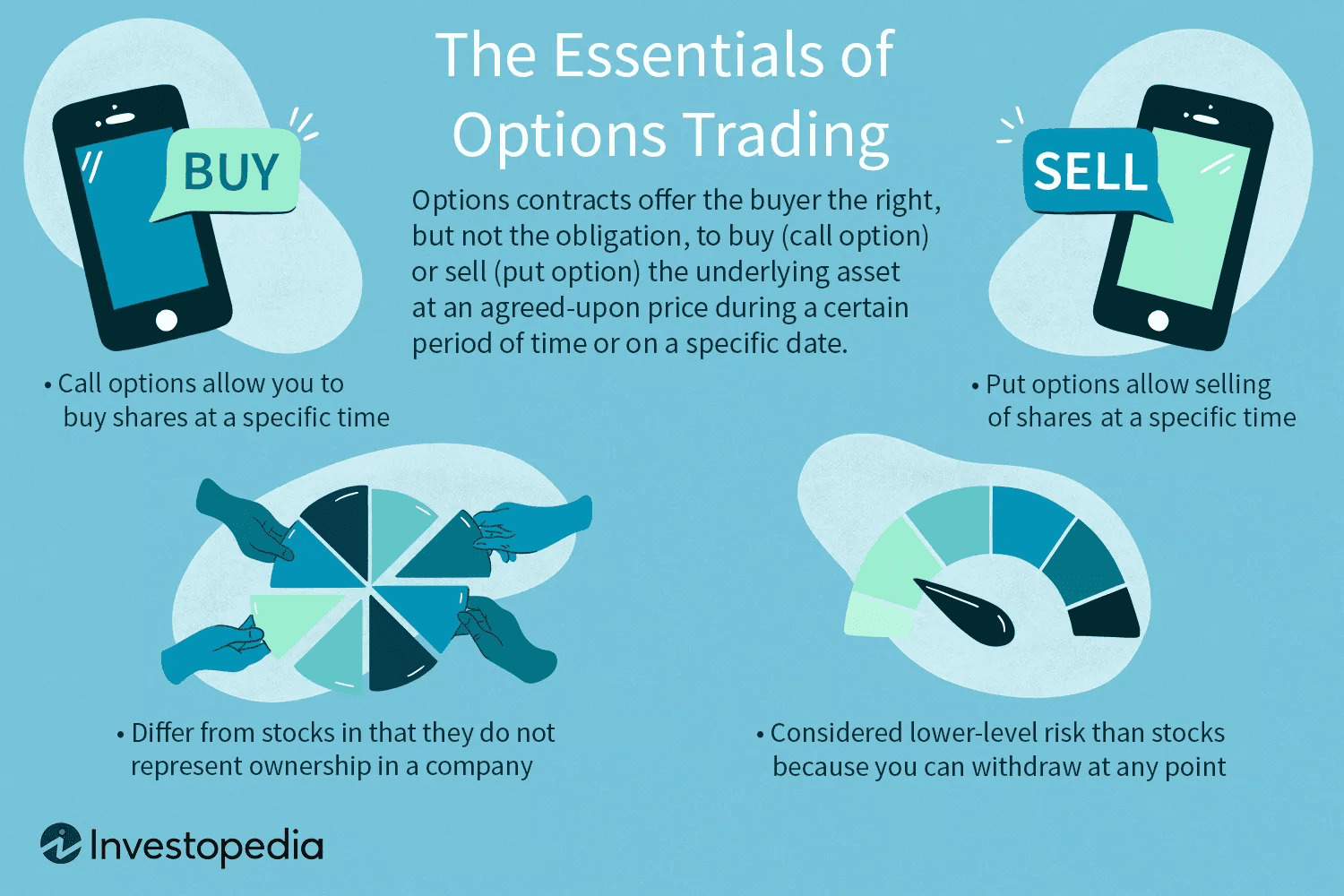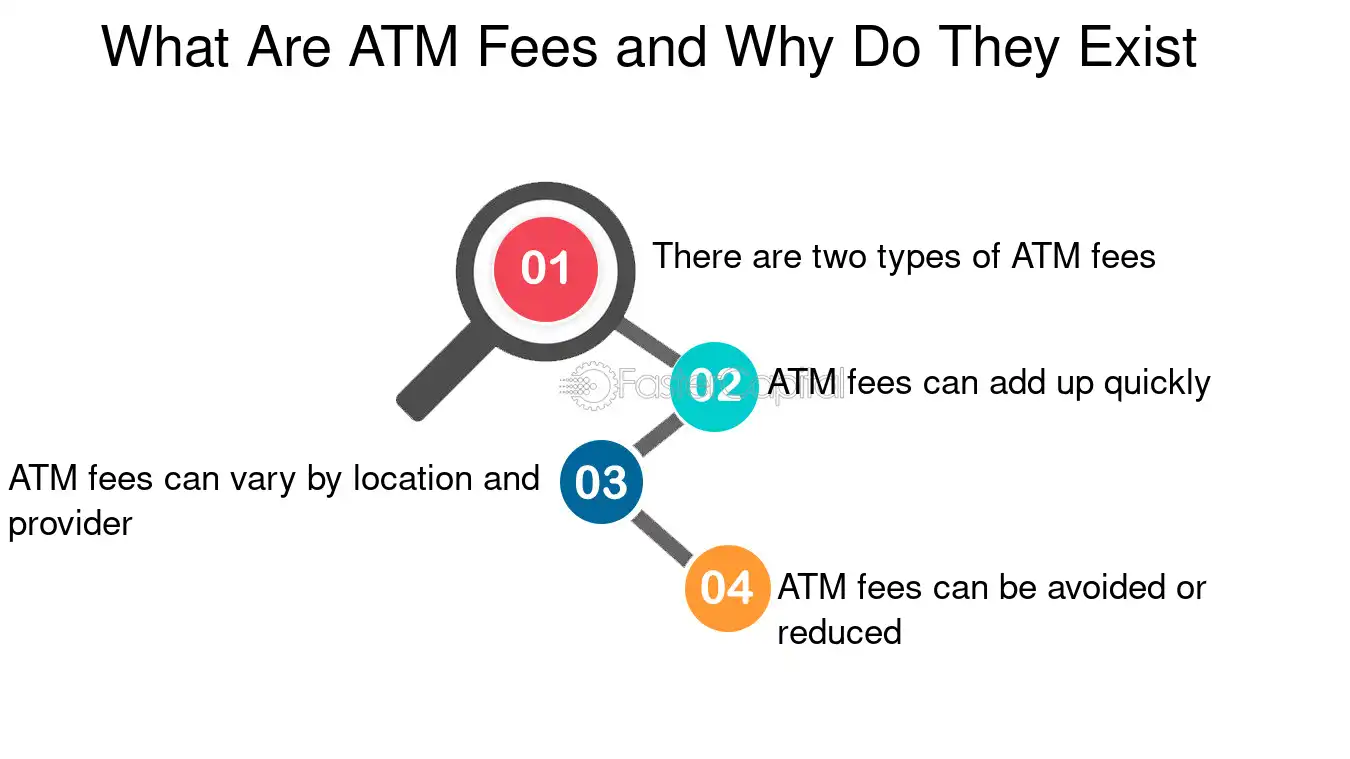What are prescriptive analytics? Prescriptive analytics is an area of data science that uses mathematical optimization to prescribe actions that can help organizations achieve their desired outcomes. The pros of prescriptive analytics include improved decision-making, increased efficiency, and better outcomes. Keep reading to learn more about the pros of prescriptive analytics and more!
What are the benefits of prescriptive analytics?
Prescriptive analytics is the next step up from predictive analytics. Whereas predictive analytics can tell you what is likely to happen, prescriptive analytics can tell you what to do in order to achieve a specific outcome. There are a number of benefits to prescriptive analytics:
- Increased efficiency and productivity. Prescriptive analytics can help you to make decisions that are more efficient and productive. For example, it can help you to optimize your resources and schedule your workforce more effectively.
- Greater customer satisfaction. By using prescriptive analytics, you can identify opportunities to improve customer satisfaction and loyalty. For example, you may be able to identify areas where you can improve your customer service or offer them more personalized recommendations.
- Improved decision-making. Prescriptive analytics can help you to make stronger decisions by taking into account all of the relevant data. This can help you to avoid making costly mistakes and to achieve better outcomes.
- Increased profits. Prescriptive analytics can help you to identify opportunities to increase profits. For example, you may be able to find ways to reduce costs or increase sales.
- Enhanced risk management. Prescriptive analytics can help you to manage risks more effectively. For example, you may be able to identify potential risks and take steps to mitigate them.
- Greater innovation. Prescriptive analytics can help you to innovate more effectively. By taking into account all of the relevant data, you can identify new opportunities and ideas that you may not have otherwise considered.
What industries should use prescriptive analytics?
Prescriptive analytics should be used by industries where making the right decision is key to success. For example, the healthcare industry should use prescriptive analytics in their workstations to make sure patients are getting the correct treatments, and the financial industry should use prescriptive analytics to make sure customers are getting the best financial advice.
What’s the difference between prescriptive analytics and predictive analytics?
There is a big difference between prescriptive analytics and predictive analytics. Predictive analytics is all about predicting the future, while prescriptive analytics is about prescribing the best course of action for the future. Predictive analytics can tell you what is likely to happen, while prescriptive analytics can tell you what you should do to make the most likely outcome happen.
Predictive analytics is often used to make decisions about things that have already happened. For example, you might use predictive analytics to figure out which customers are most likely to churn so that you can take steps to keep them from leaving. Prescriptive analytics, on the other hand, is used to make decisions about things that have not yet happened. For example, you might use prescriptive analytics to figure out how to best allocate your resources to meet your goals.
How much do prescriptive analytics cost?

The cost of prescriptive analytics can vary depending on the size and complexity of the organization, the type of software used, and the amount of customization required. However, in general, the cost of prescriptive analytics falls within the range of $50,000 to $500,000 per year. Some software providers may offer lower or higher prices, but this is a ballpark estimate of the costs involved. In order to get an accurate quote, a business would need to provide specific information about its needs and operations.
Prescriptive analytics is important because it can help businesses to make better decisions about what actions to take. It can help to optimize operations, predict future outcomes, and recommend solutions to problems. Overall, prescriptive analytics can help businesses to improve their performance and make more money.











